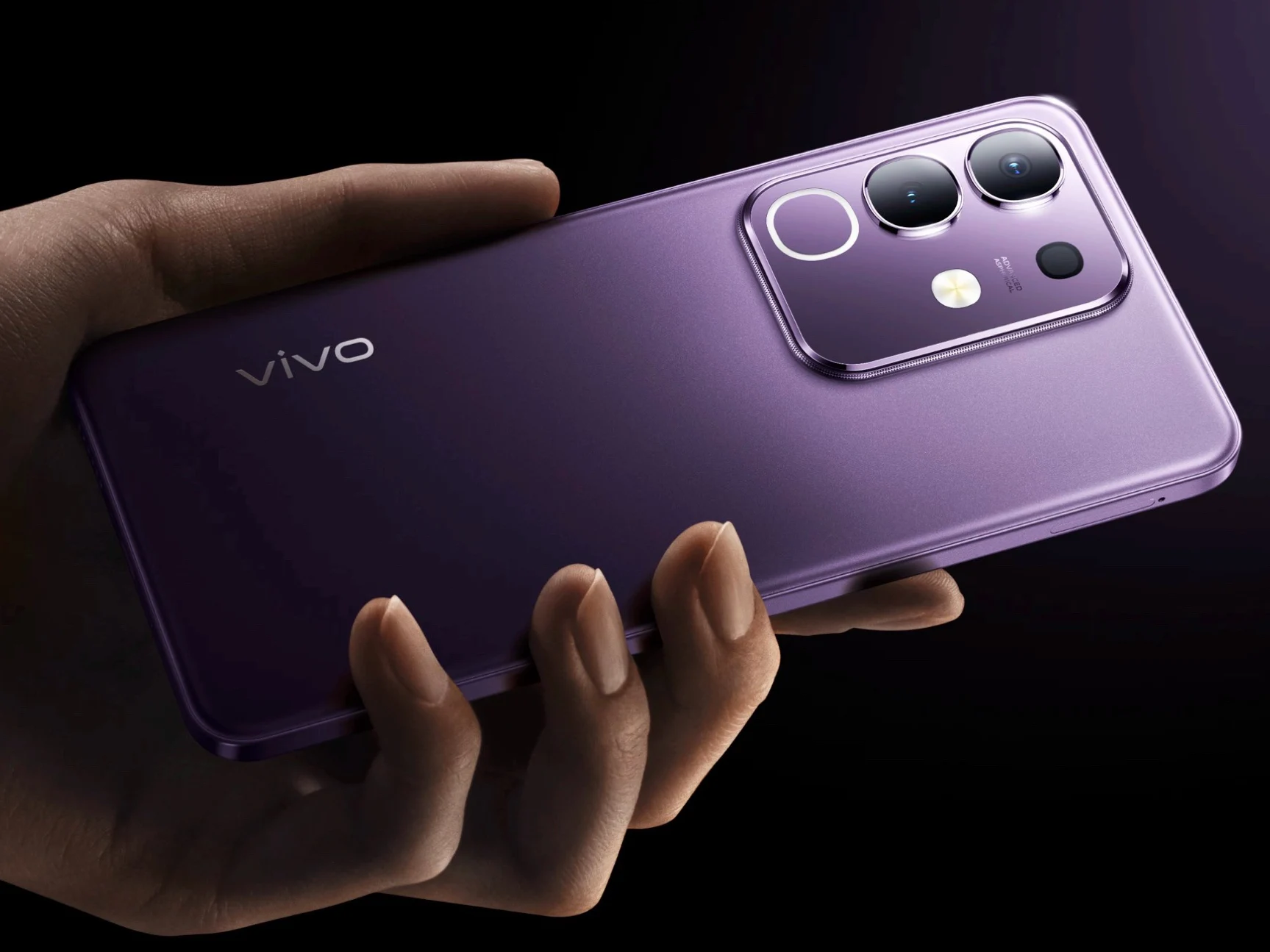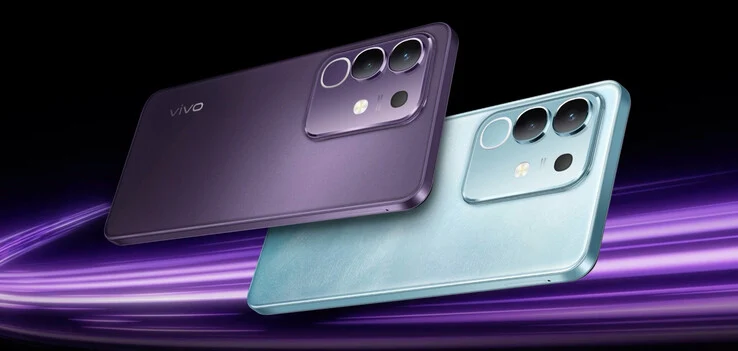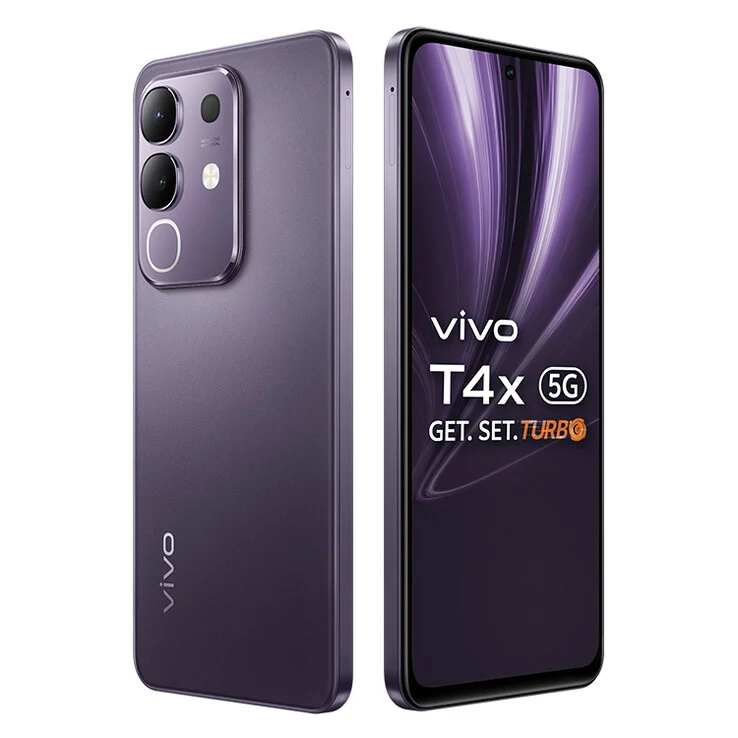Key Takeaways
1. The iPhone 17 might feature a new 6.3-inch 120 Hz OLED display, larger than the iPhone 16’s 6.1-inch screen.
2. The rumored display may use LTPS technology, which could mean a lack of ProMotion support and no always-on display for cheaper models.
3. LTPS technology has downsides, including higher power consumption and potential issues with syncing refresh rates in games.
4. A 120 Hz refresh rate would improve the smoothness of games and animations compared to the iPhone 16, enhancing user experience.
5. The iPhone 17 Air may face battery life challenges due to the increased power usage from LTPS displays, especially with its smaller 3,000 mAh battery.
While the Apple iPhone 16 still has a 60 Hz OLED display, there are whispers going around about the iPhone 17 possibly coming with a newer 6.3-inch 120 Hz screen. This new display is a bit bigger than the 6.1-inch screen of its predecessor. A leaker named Fixed Focus Digital claims that both the iPhone 17 and 17 Air will indeed have this 120 Hz display, but they might use LTPS technology instead of LTPO, which could mean they won’t support ProMotion.
Downsides of LTPS Technology
There are three main drawbacks to this change. Firstly, the iPhone 17 models that are less expensive may not have always-on displays. This is because Apple would need to lower power usage by dropping the refresh rate to 1 Hz, which LTPS screens can’t do. Secondly, power consumption might go up since LTPS panels can’t adjust their refresh rate based on what’s on the screen, like when showing a still image or a video at 30 fps. Lastly, LTPS screens aren’t able to sync their refresh rate with a game’s actual frame rate, which could lead to choppy visuals, especially if the game has trouble keeping a steady frame rate—similar to monitors that lack VRR support.
Improvements in User Experience
That said, if the iPhone 17 and 17 Air do come with a 120 Hz refresh rate, then games and animations will look a lot smoother compared to the iPhone 16. Interaction with apps—like scrolling, zooming, and navigating—should also feel much more fluid because of the quicker response time. By removing features such as an always-on display, Apple might be trying to set the lower-end models apart from the more expensive Pro versions. However, the increased power use from LTPS displays could be a problem for the iPhone 17 Air, which is said to have a small 3,000 mAh battery. As always, it’s best to take these early rumors lightly.
Source:
Link




